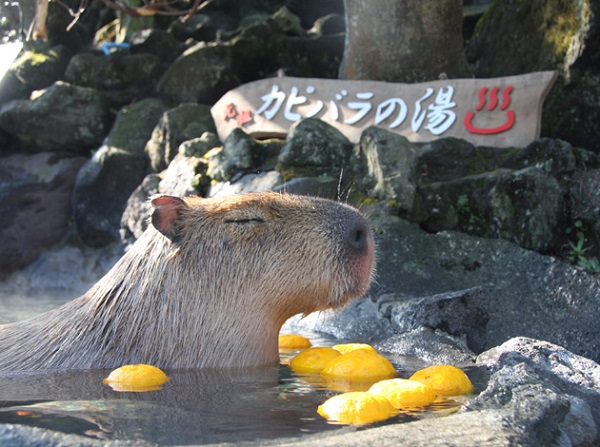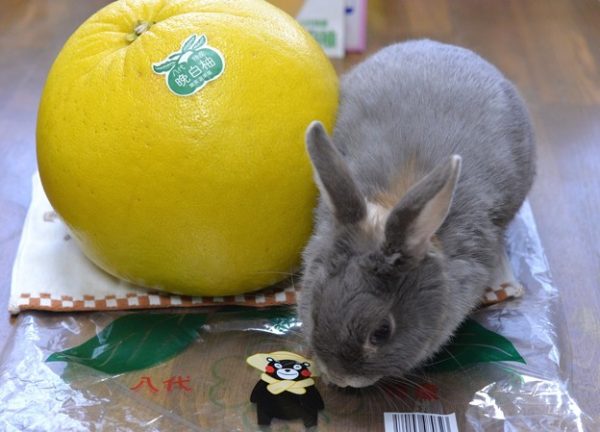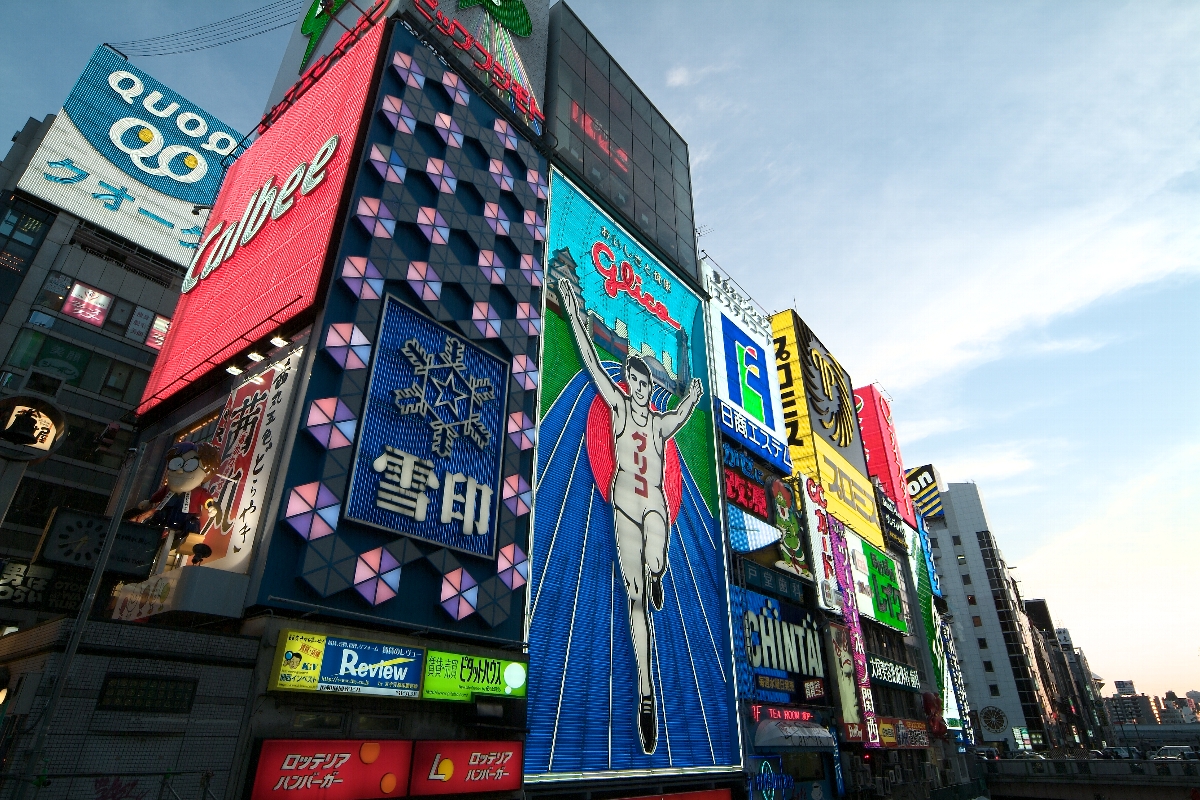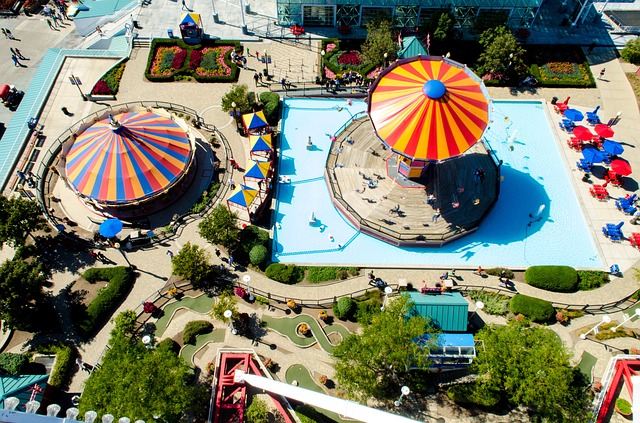

Hi.
How many popular landmarks in Japan have you been?
Trip Adviser, one of the most popular tourist information site used all over the world, released the ranking of popular sightseeing spots and landmarks of Japan in 2016.
Have you visited all of them?
style="display:inline-block;width:336px;height:280px"
data-ad-client="ca-pub-1779908728018021"
data-ad-slot="8831389991">
Contents
- 1 (10) Sanju-sangen-do(三十三間堂) in Kyoto
- 2 (9) Tokyo Metropolitan Government Building (東京都庁)
- 3 (8) Himeji Castle (姫路城) in Hyogo
- 4 (7) Hiroshima Peace Memorial (原爆ドーム) in Hiroshima
- 5 (6) Sensoji Temple (浅草寺) in Tokyo
- 6 (5) Meiji-jingu (明治神宮) in Tokyo
- 7 (4) Todaiji Temple (東大寺) in Nara
- 8 (3) Kiyomizu-dera (清水寺) in Kyoto
- 9 (2) Rokuonji Temple / Kinkakuji Temple (鹿苑寺/金閣寺) in Kyoto
- 10 (1) Fushimi-Inari-Taisha (伏見稲荷大社) in Kyoto
(10) Sanju-sangen-do(三十三間堂) in Kyoto

Refer to the site: http://find-travel.jp/article/42452
Of course, a must-see spot in Sanju-sangen-do(三十三間堂) is a building in which has 1,000 Buddha status.
There are some status with carved names of artists, most of whom were very well-reputed in the period that the status were made.

Refer to the site: https://www.tripadvisor.jp/TravelersChoice-Landmarks-cTop-g294232
It is said that you can find a statue which is similar to a person you would like to see.
Take time, have a look at each statue’s face, and find one who resembles people you love.
For more information on Sanju-sangen-do, visit the site.
*Access: 7 minutes on foot from: Keihan Shichijo Station(京阪七条駅)
(9) Tokyo Metropolitan Government Building (東京都庁)

Refer to the site: http://find-travel.jp/article/42452
It’s a symbolic building of Shinjuku, Tokyo.
The building has an observation deck, which rises 202 metres from the ground.
You’ll see other Tokyo’s landmarks, such as, Tokyo Tower and Tokyo Sky Tree, and views of one of the biggest metropolitan city beneath your eyes.
For more information on Tokyo Metropolitan Government Building, visit the site.
*Access: 1minutes on foot from Tocho-mae Station(都庁前駅)
(8) Himeji Castle (姫路城) in Hyogo

Refer to the site: http://find-travel.jp/article/42452
Himeji castle is also called as “the castle of egret”, because of the beauty and the whiteness.
It’s designated as a national treasure, and also named UNESCO’s world heritage.
An extensive repair ended in 2015, and the castle now fascinates more people from all over the world.
You can enjoy Himeji castle a bit more by downloading an app.
When you are at a special spot in the castle and pass your smartphone over it, you can see pictures and movies which recreate the past.
Experience the time Himeji castle’s prime!
For more information on Himeji castle, visit the site.
*Access: 20 minutes on foot from JR Himeji Station(姫路駅)
style="display:inline-block;width:336px;height:280px"
data-ad-client="ca-pub-1779908728018021"
data-ad-slot="8831389991">
(7) Hiroshima Peace Memorial (原爆ドーム) in Hiroshima

Refer to the site: http://find-travel.jp/article/42452
Hiroshima Peace Memorial in Hiroshima, also called as Atomic Bomb Dome, is now receiving more attention because Barak Obama, President of the USA visited there and gave speech on June, 2016.
Since an atomic bomb was dropped on Hiroshima city 71 years ago, the dorm which survived in the disastrous damages has told to visitors horrible and sad facts related to the bomb.
Visiting there, you will absolutely realize how important the peace is.
For more information on Hiroshima Peace Memorial, visit the site.
* Hiroshima Peace Memorial Museum(広島平和記念資料館)
The museum is also worth visiting.
Seeing pictures of Hiroshima at the time, things exposed to radiation, and so on, you’ll feel the misery of the atomic bomb.
For more information on Hiroshima Peace Memorial Museum, visit the site.
* Access: 20 mitutes by tram rom Hiroshima station to Genbaku-dome(原爆ドーム) station
(6) Sensoji Temple (浅草寺) in Tokyo

Refer to the site: http://find-travel.jp/article/42452
The temple is very popular among not only Japanese tourists but also people from other countries.
Kaminari-mon(雷門) , a gate which has a huge red paper lantern, is the must-see sight in the temple.
Entering through the gate, let’s throw yourself into smoke around an incense burner!
It has been believed that the smoke helps to get rid of pains in your body.
A great number of people visit Sensoji Temple to be blessed every day.

Refer to the site: https://www.tripadvisor.jp/TravelersChoice-Landmarks-cTop-g294232
Are you interested in paper fortune?
Interestingly, it’s widely known that paper fortune in Sensoji Temple has more “bad luck” that that in other temples.
It is because that the temple has kept using traditional paper forture from ancient times.
If you pick up “bad luck,” don’t worry.
Just think that paper fortune with “bad luck” gives you an opportunity to look back and change your behaviors!
When you finish reading what’s written in the paper, tie it at a special place for “bad luck.”
For more information on Sensoji Temple, visit the site.
*Access: 5 minutes on foot from Asakusa station(浅草駅) on Tokyo Metro Ginza line(東京メトロ銀座線), Tsukuba Express(つくばエクスプレス), or Toei-chikatetu Asakusa line(都営地下鉄浅草線).
(5) Meiji-jingu (明治神宮) in Tokyo

Refer to the site: http://find-travel.jp/article/42452
Meiji-jingu (明治神宮) is a shrine consecrated to the emperor Meiji (明治天皇) and the empress dowager Shoken (昭憲皇太后).
Located at the centre of Tokyo, it’s the place where you can be relaxed in sacred atmosphere.
You may be able to escape the hustle and bustle of a city.

Refer to the site: https://www.tripadvisor.jp/TravelersChoice-Landmarks-cTop-g294232
For more information on Meiji-jingu, visit the site.
*Access: On foot from JR Harajuku Station(原宿駅) or Tokyo Metro Meiji-jingu-mae station(東京メトロ 明治神宮前駅).
(4) Todaiji Temple (東大寺) in Nara

Refer to the site: http://find-travel.jp/article/42452
Speaking of Todaiji Temple(東大寺), most Japanese people associate with the Great Buddha of Nara.
I’m sure you feel a sense of being overwhelmed, because of its impressiveness.

Refer to the site: https://www.tripadvisor.jp/Attraction_Review-g298198-d319876-Reviews-Todai_ji_Temple-Nara_Nara_Prefecture_Kinki.html#photos;geo=298198&detail=319876
Another institution of Todaiji Temple is deer in Nara Park.
You can feed deer biscuits for them.
When you do it, be careful not to be bitten, or not to have your cloths eaten!
* Access: 20 minutes on foot from Kintetsu Nara station(近鉄奈良駅).
(3) Kiyomizu-dera (清水寺) in Kyoto

Refer to the site: http://find-travel.jp/article/42452
It’s not too much to say that Kiyomizu-dera(清水寺) is synonymous with the image of Kyoto.
Some of you have seen a picture of the iconic wooden stage connected to its main hall.
The views from the stage are more beautiful in spring, the season of cherry blossom, and in fall autumn leaves, which enchants people.
There are many souvenir shops along with Sannen-zaka(三年坂) and Neneno-michi(ねねの道).
* Otohane-no-Taki(音羽の滝)

Refer to the site: http://find-travel.jp/article/42452
Otohane-no-Taki is known as a spiritual spot.
It has three small falls, and each has a meaning: The left for the fruition of study, the middle for the fruition of love, and the right for longevity.
When you come in front of the falls, don’t be greedy if you would like to be blessed!
Just choose one from the three, and put water of the fall you choose into your mouth (don’t drink!).
This is the way to be answered.
For more information on Kiyomizu-dera, visit the site.
*Access: 25 minutes on foot from Kiyomizu-gojo station(清水五条駅)
(2) Rokuonji Temple / Kinkakuji Temple (鹿苑寺/金閣寺) in Kyoto

Refer to the site: http://find-travel.jp/article/42452
As is the same with Kiyomizu-dera mentioned above, Rokuonji Temple (鹿苑寺 )is one of the most iconic landmark of Japan, for having a gorgeous golden building, Kinkakuji Temple (金閣寺).
Not only the building itself, but also its shape reflected on a lake in front of it fascinate tourists.
You can enjoy various views of Kinkakuji Temple in different seasons: with flowers in supring, green in summer, colored leaves in autumn and snow in winter.
The ticket of Rokuonji Temple is unique, with a shape of bill, thus let’s check it when you visit.

Refer to the site: http://find-travel.jp/article/42452
Some of you may hate traveling Japan during winter because of the coldness and snow.
However, it’s the best time to see Kinkakuji Temple.
It contrasts favorably with white snow and blue sky.
Kyoto city has snow only several days in every year.
If you are lucky to stay in Kyoto on a snowy day, don’t miss it!
For more information on Rokuonji Temple/ Kinkakuji Temple, visit the site.
* Access: 10 minutes by car from Kitano-Shiraumecho station(北野白梅町駅). Convenient to take taxi.
(1) Fushimi-Inari-Taisha (伏見稲荷大社) in Kyoto

Refer to the site: http://find-travel.jp/article/42452
Not only Japanese tourists but also those from other countries choose Fushimi-Inari-Taisha (伏見稲荷大社) as the best landmark of Japan.
Senbon-torii (千本鳥居), a tunnel of more than 1,000 of red tori gates, creates a mysterious atmosphere.
The shirine is also renowned as divine grace on prosperous business and productiveness of grain.
Because of that, a great number of people visit the shrine on New Year’s Day and prey.
Do you know the Japanese custom that people throw money (usually coins) into an offertory box when they visit a shrine on New Year’s Day?
At the shrine, it takes about five days to count how much money is in an offertory box, which starts on 4th of January every year, because too many people make a money offering to a deity!

Refer to the site: http://find-travel.jp/article/42452
* Motomiya Festival (本宮祭)
It’s the largest festival in the shrine, which is held on the first Sunday or the first national holiday after the start of canicular days, of mid-summer.The shrine with a lot of paper lanterns looks very fantastic!
Senbon-torii looks very different on the special day, which also creates a fantastic atmosphere.
For more information on Fushimi-inari-taisha, visit the site.
*Access: Soon from Inari station(稲荷駅)
How was it?
If there’s spots that you haven’t been to, let’s plan to visit!

style="display:inline-block;width:336px;height:280px"
data-ad-client="ca-pub-1779908728018021"
data-ad-slot="8831389991">































